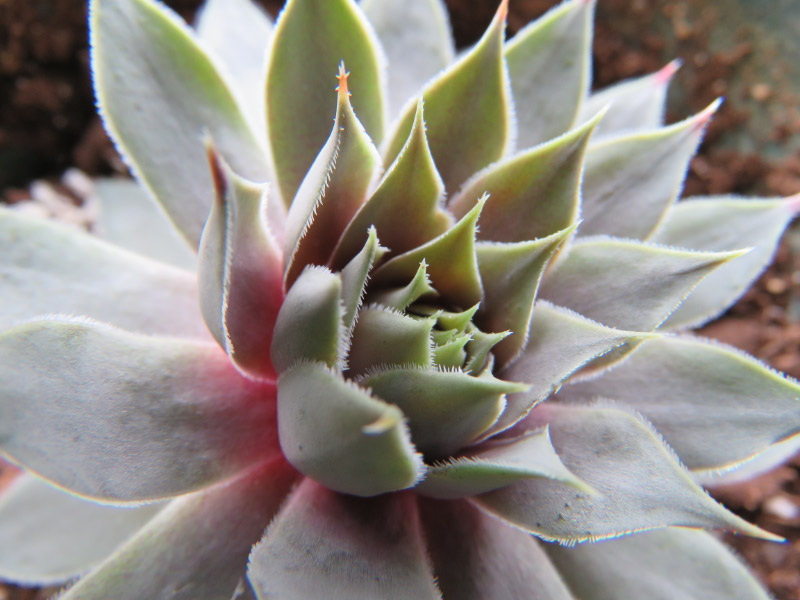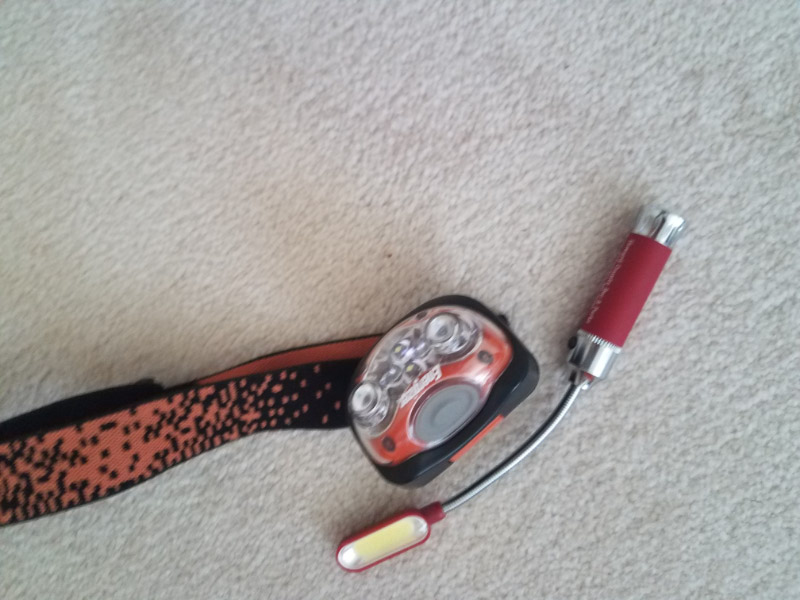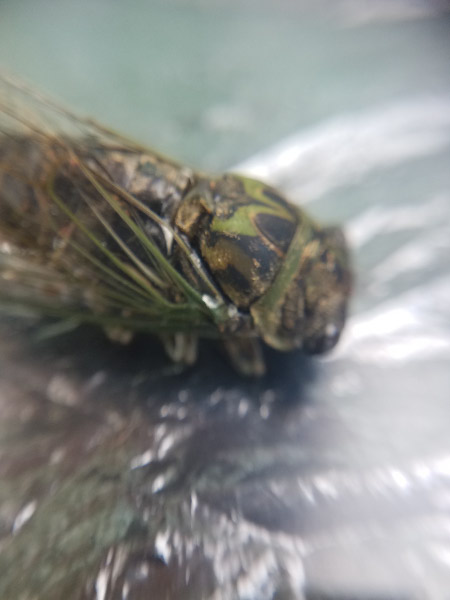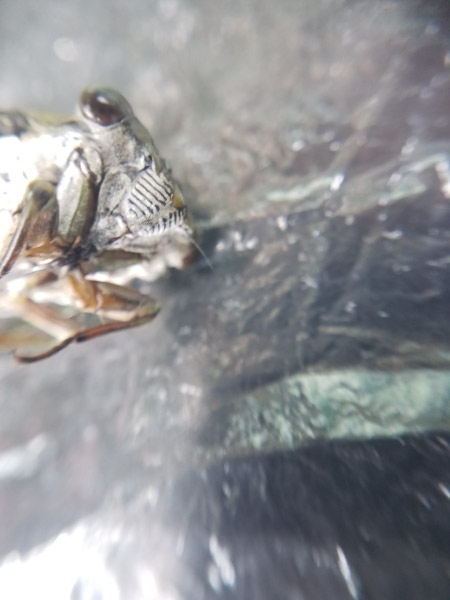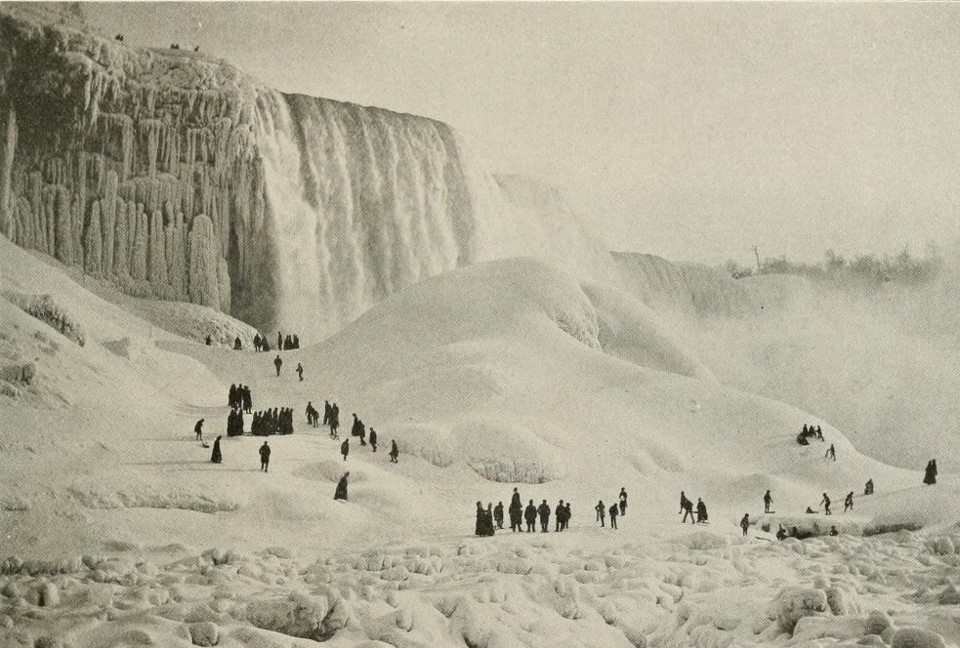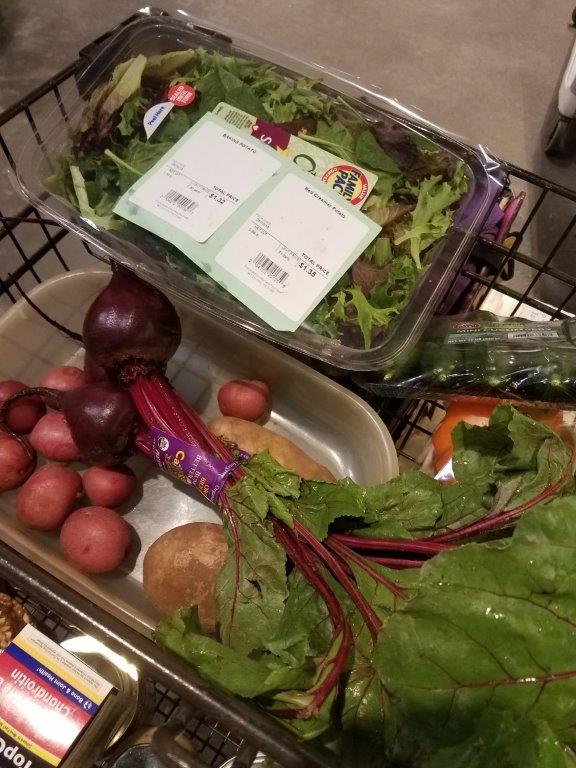Weekend in State College - Saturday
/We made a last-minute decision to trek to State College PA to visit my daughter weekend before last. I had gotten a new camera the day before, so I experimented with it during the trip. The new camera is a Canon PowerShot SX60 HS and is billed as a ‘bridge’ camera in that it has a lot of features of my previous point-and-shot cameras but some added features too: optics that can accept added filters, some dials that make it easier to do some functions manually, and viewfinder + screen rather than just the screen. The optics zoom to 65x rather than 40x of my older point and shot. Enough the same that I knew I could use it immediately and give myself time to get comfortable with the new features.
We got to State College just before lunch time…decided to go out to Mexican food for lunch then walked around the campus. I started taking some architectural pictures.
When we were in my daughter’s office I took close-up pictures of the plants in the window (I think she must have selected them to remind her of Arizona).
There was a graduation ceremony that had just ended, and we saw students in robes and their parents walking around campus. I took pictures of Old Main from several angles.
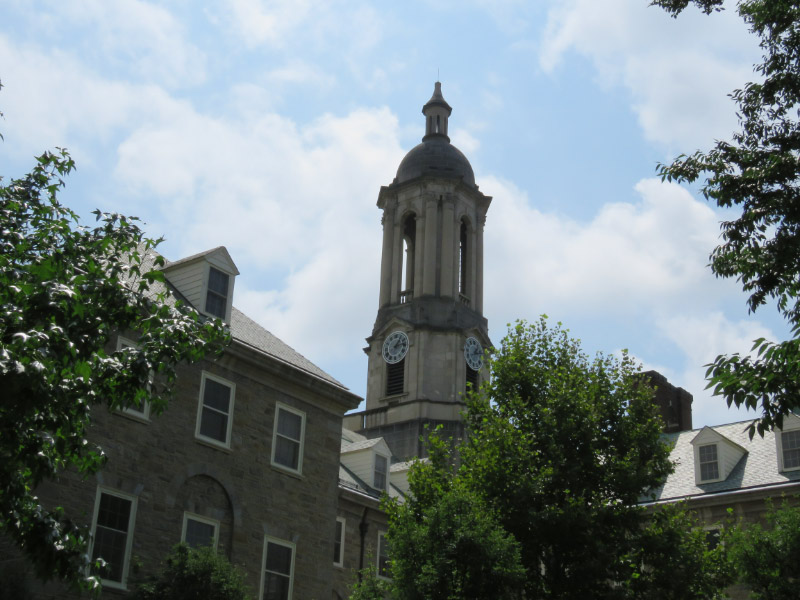

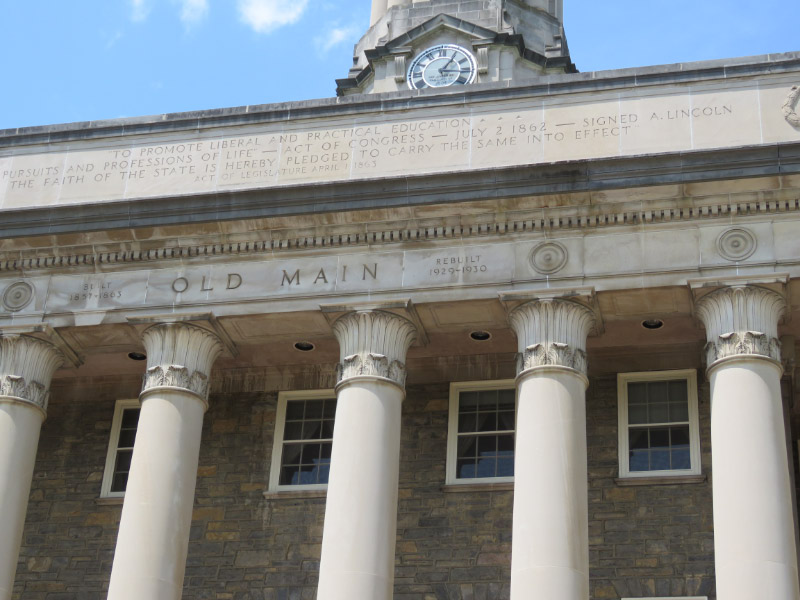
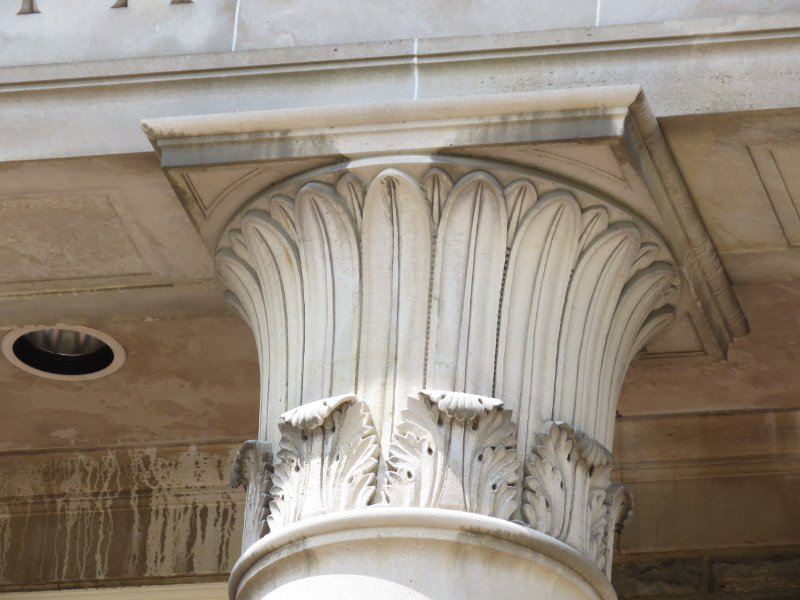

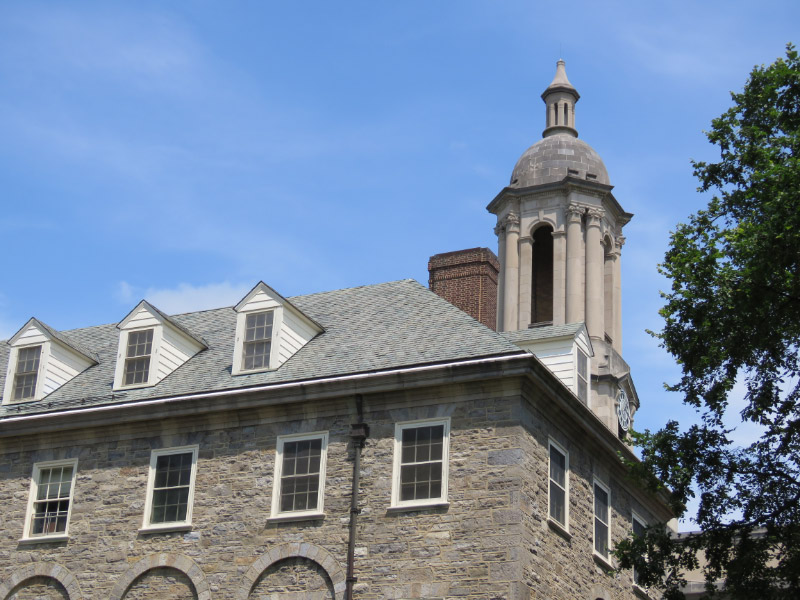
Next I utilized the 65x zoom for some botanical photography.
There is a Carnegie Building at Penn State that was one of the many libraries Andrew Carnegie funded.
We had walked around long enough to stop at the Creamery for out afternoon treat. I got bittersweet mint ice cream in a cup. Yum (and not as messy as a cone on a hot afternoon)!




